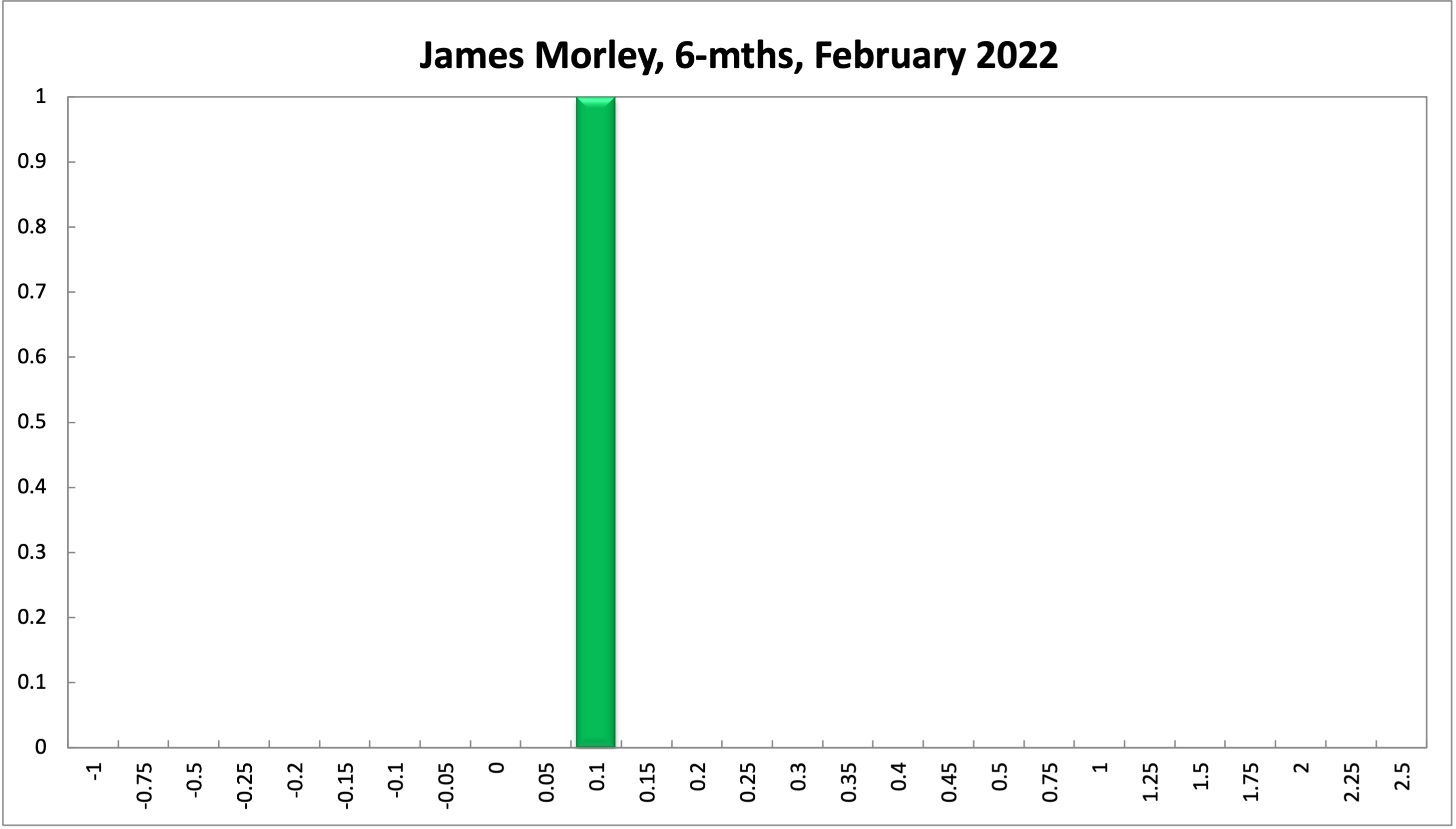James Morley
Headline year-on-year inflation of 3.5% has led to some calls for the RBA to start a raising cycle for its policy interest rate this year. However, this would be premature.
Underlying measures of inflation are closer to the midrange of the target (e.g., trimmed mean = 2.6%). But more importantly, it is entirely predictable that inflation will fall to lower levels now that the base effects of the initial Covid shock to the CPI have run their course. Also, the recent high quarterly inflation was primarily driven by large increases in new dwelling prices and petrol prices. Mechanically, these effects on inflation will disappear or possibly push inflation back below the target range if these prices do not continue to increase at the same rate or even reverse (likely with petrol prices).
The 10-year break-even inflation expectations measure is back up to 2.3%, which is welcome news for the RBA in trying to achieve its inflation target. But this financial market expectation is predicated on the RBA sticking to keeping rates “lower for longer” (i.e., not raising rates until the second half of 2023 at the earliest) and could fall back below the target range if the RBA adjusts its forward guidance policies too drastically.
Global indicators of supply chain pressures also may be peaking (https://www.bloomberg.com/news/newsletters/2022-01-05/supply-chain-lates...).
All in all, the latest data suggest the RBA is on course to bringing inflation sustainably into its target range. But it is important that the RBA stays the course in it forward guidance policies to ensure inflation expectations remain aligned with the inflation target and, as frequently noted by the RBA, these expectations translate more strongly into sustained (real) wage growth.




Updated: 27 July 2024/Responsible Officer: Crawford Engagement/Page Contact: CAMA admin










